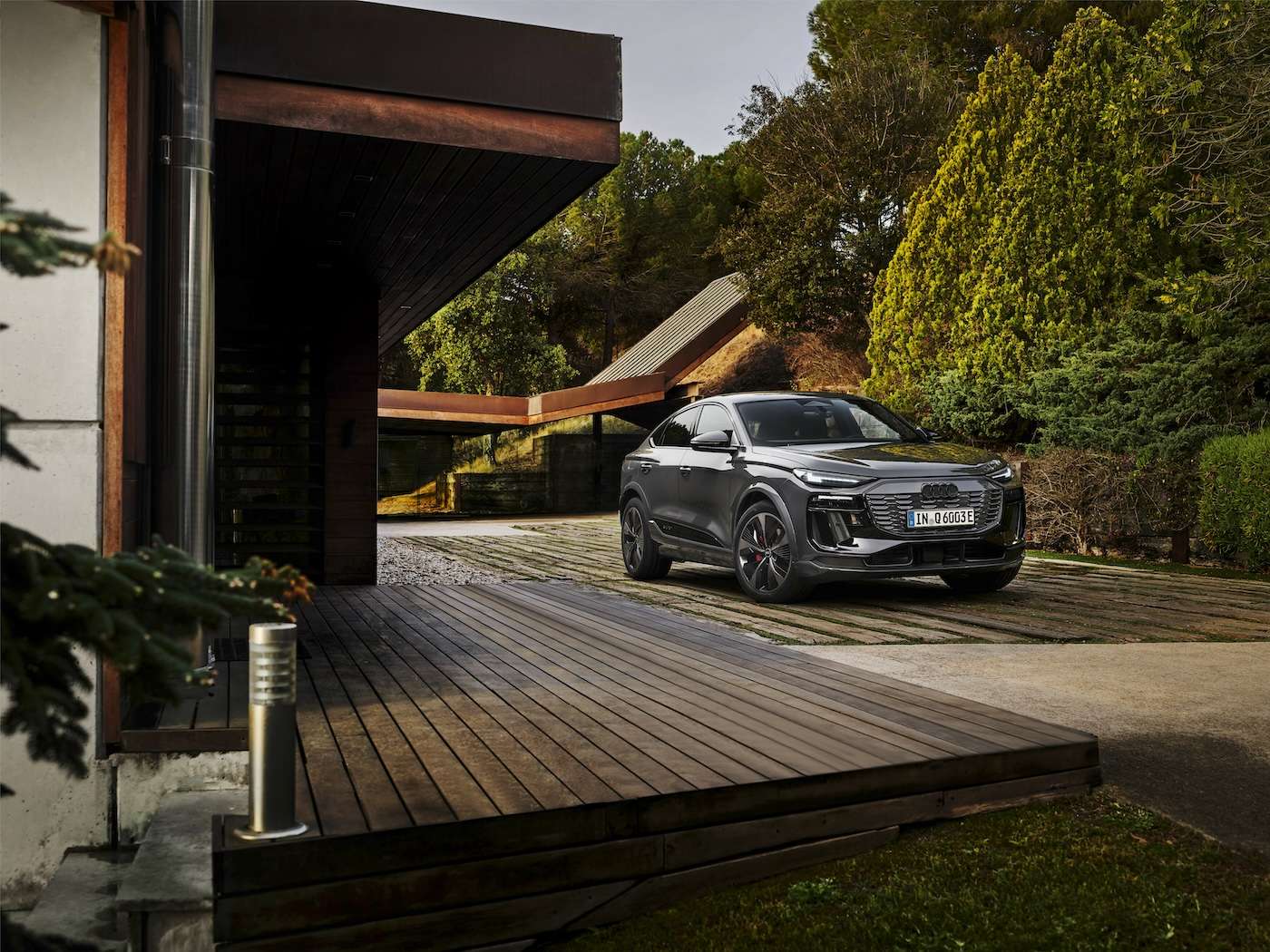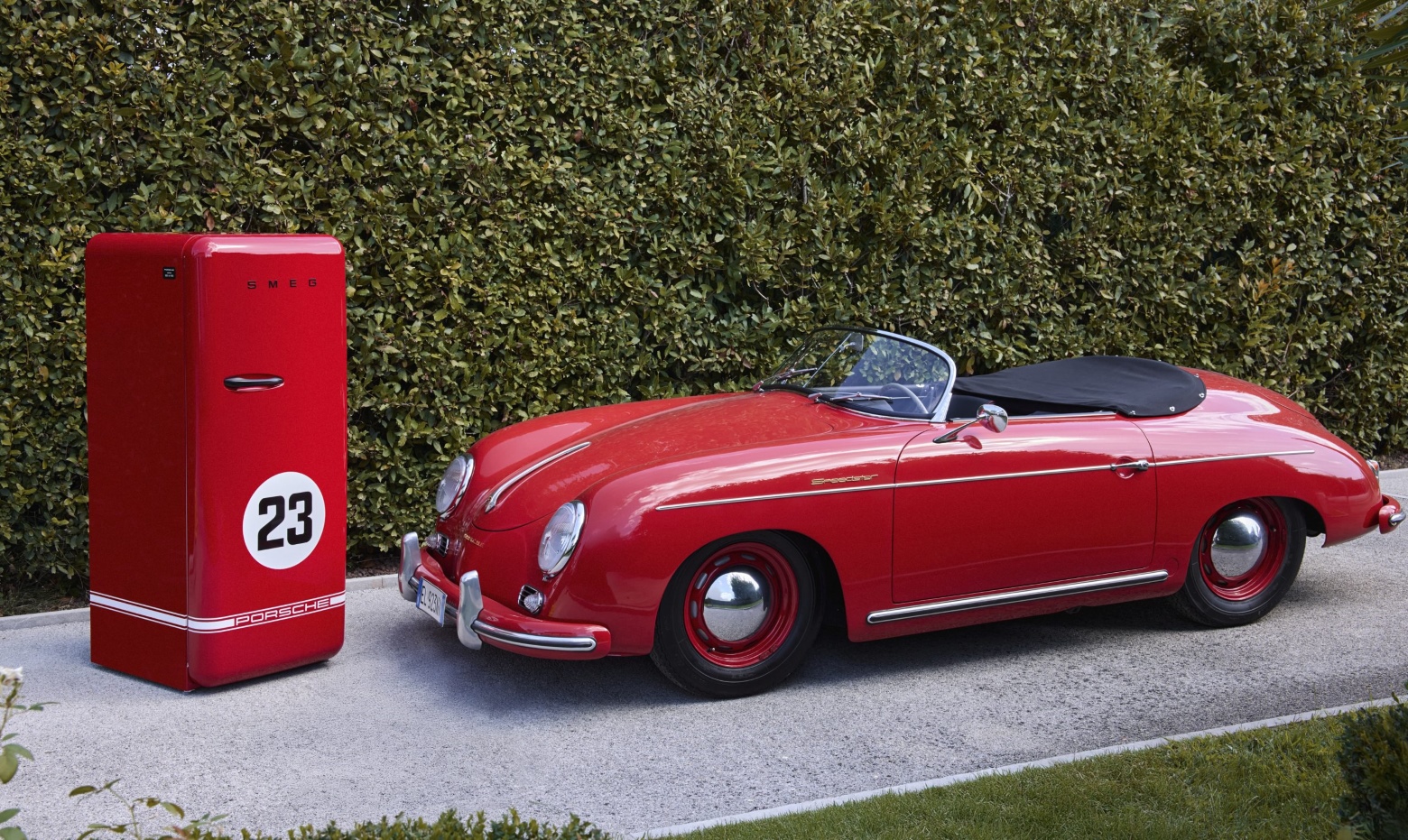Audi is expanding its electric model portfolio with the Q6 Sportback e-tron, one of the most popular body designs among customers. The powerful and iconic SUV design typical of Audi in the Q6 SUV e-tron is complemented by the essence of a Sportback’s features. The near-perfect proportions are even more evident. The result is a more progressive and sportier silhouette that will appeal especially to design-oriented customers.
The Q6 Sportback e-tron, which features the familiar strengths of the PPE in terms of performance, range, efficiency, and charging, is yet another example of the scalability of the Premium Platform Electric. Thanks to its dynamic rear and the resulting aerodynamic benefits, the Q6 Sportback e-tron performance is the range champion in the Q6 series, with a range of up to 656 kilometers.
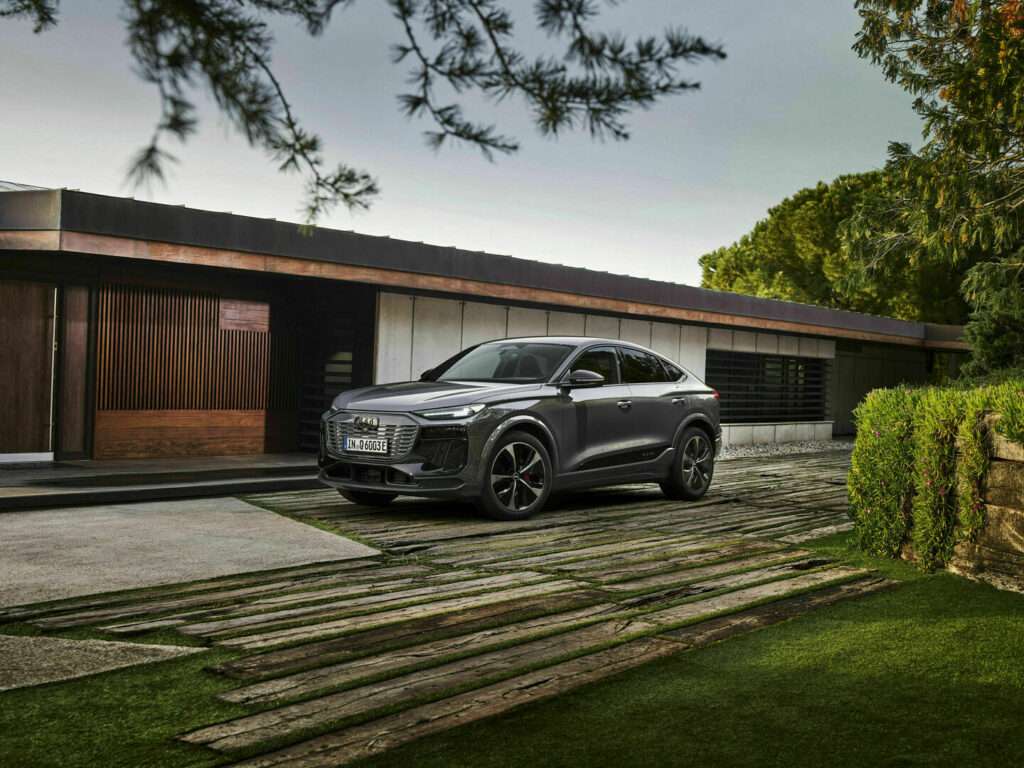
“The new model demonstrates the versatility of our new generation of electric vehicles. The Sportback variant is the next step in the expansion of our electric model portfolio. The Audi Q6 Sportback e-tron combines the strengths of our new electric models – efficiency, range, and performance – with the evocative, functional design of its distinct body.”
– Gernot Döllner, CEO of AUDI AG
The dynamic-looking Sportback combines an SUV’s spaciousness with a coupé’s elegance. Sporty and expressive, the electric car features a 511-liter luggage compartment and a 64-liter frunk. When the rear row of seats is folded, the luggage compartment increases to up to 1,373 liters. The long wheelbase of 2,899 millimeters makes for ample room in the interior, even in the rear seats, and the Q6 Sportback e-tron boasts 25 liters of useful storage space. The high towing capacity of up to 2,400 kilograms in the Q6 Sportback e-tron quattro (2,000 kilograms in other drive variants) is uncompromising suitability for everyday use.
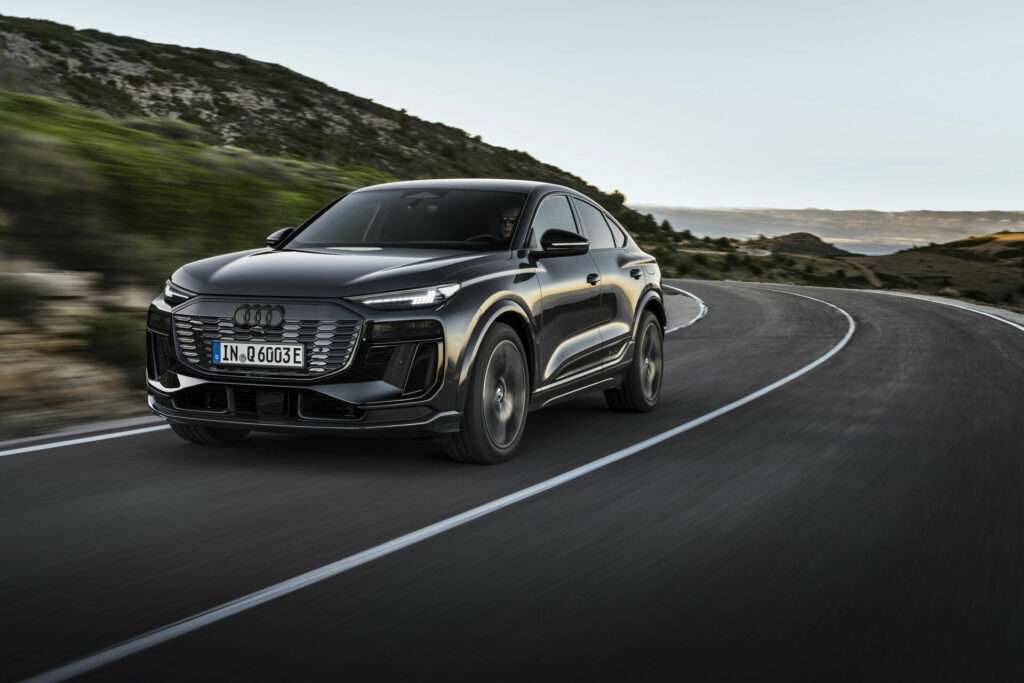
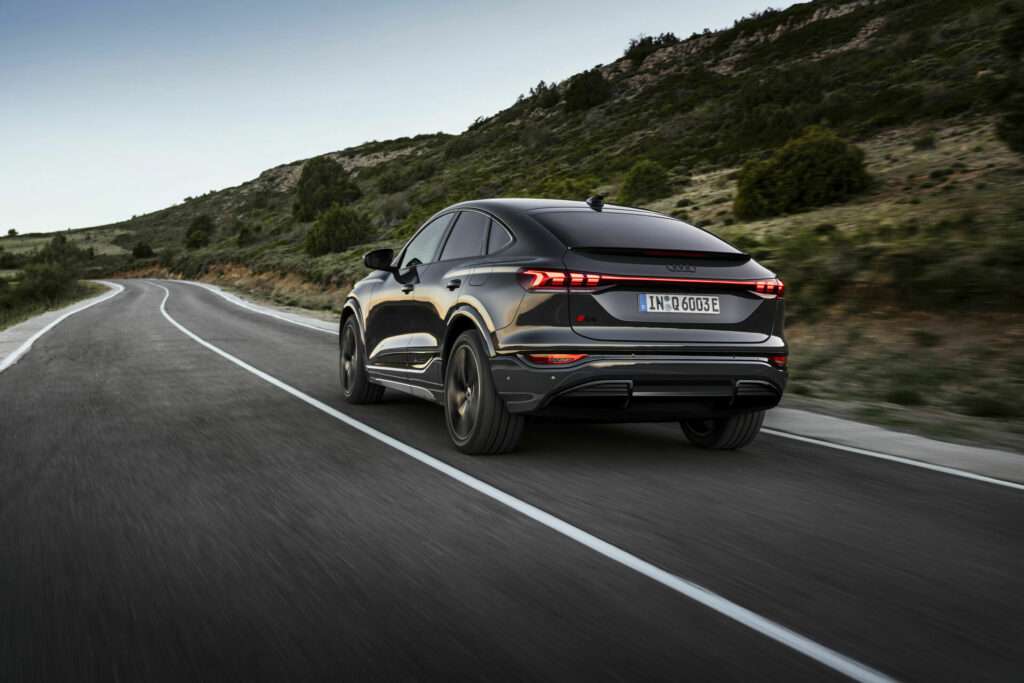
From the market launch of the electric Q6 Sportback and its SUV sister model, another battery variant with ten modules and a gross capacity of 83 kWh (net: 75.8 kWh) will be available. This means that in addition to the all-wheel drive variant and the S model, the Q6 Sportback e-tron is available in two rear-wheel drive variants, covering the entire portfolio of powerful electric motors in the Q6 e-tron family.
Thanks to its aerodynamic body design with a cd value of 0.26 (SUV variant: 0.28) and a large battery with a gross capacity of 100 kWh (net: 94.9 kWh), the 4,771 millimeter long, 1,965 millimeter wide (without mirrors), and 1,665 millimeter high Q6 Sportback e-tron performance (37 mm lower than the SUV variant) has a range of up to 656 kilometers. This means the Sportback has the longest range in the Q6 e-tron series.


Driving dynamics to match the Sportback’s sporty character
The progressive and sporty design of the Q6 Sportback e-tron matches its driving dynamics. Audi has redeveloped most of the suspension systems and components for the Q6 e-tron series. The redesigned front axle significantly influences the driving dynamics of the electric Sportback. Like the SUV, the Sportback’s trailing arms are positioned in front of the tie rods in the direction of travel. The optimized axle kinematics achieve a noticeable increase in driving dynamics and simultaneously improve the steering response, not least thanks to the subframe holding the steering securely in place. This makes the vehicle much more agile.
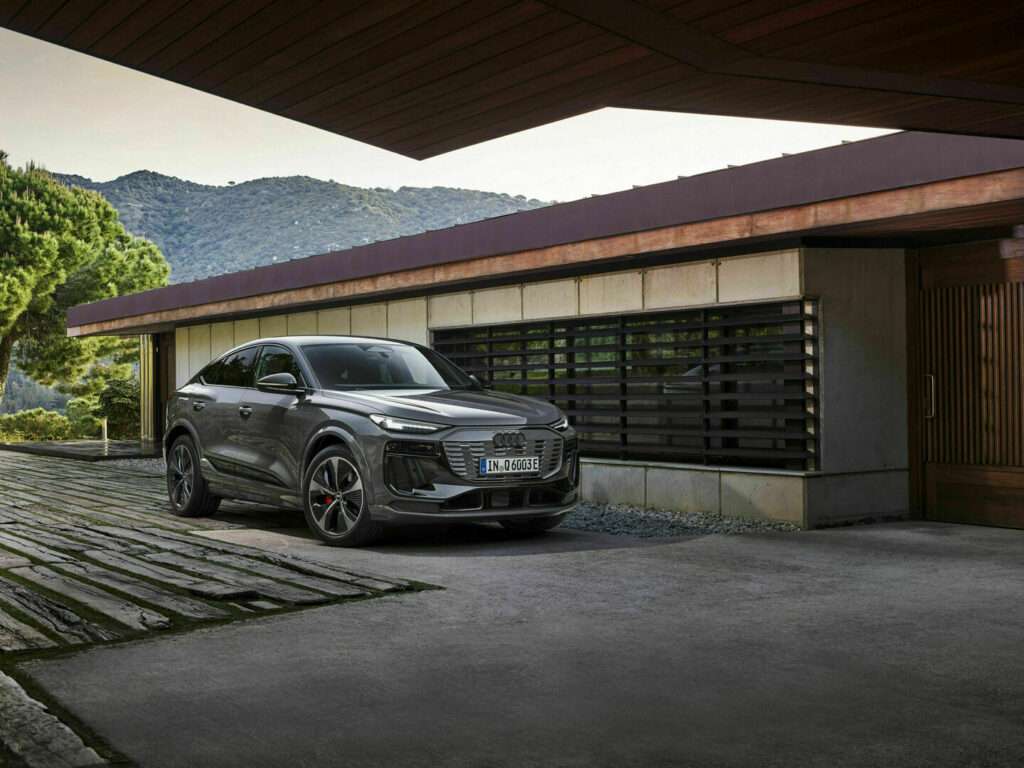
The steering design and its control via new software modules, combined with the new front axle, continuously give the customer significantly more feedback via the steering wheel about the current driving situation and road conditions, further enhancing the Sportback’s agility. With its rear-biased tuning, the drive ensures highly variable all-wheel drive distribution overall and is another feature that improves the driving dynamics of the Q6 Sportback e-tron. The different dimensions of the electric motors on the front and rear axles in the all-wheel variant enable rear-biased torque distribution even under full load.

The new passive damping system FSD (Frequency Selective Damping) makes the Audi Q6 Sportback e-tron hug the street. More damping is required to offer greater ride comfort in certain driving situations; for example, when driving over cobblestones during dynamic driving maneuvers, the system adapts accordingly to control the movement of the vehicle’s body. The adaptive air suspension with controlled damping compensates for the load via the level control to maintain an even ride height even under different load conditions.







